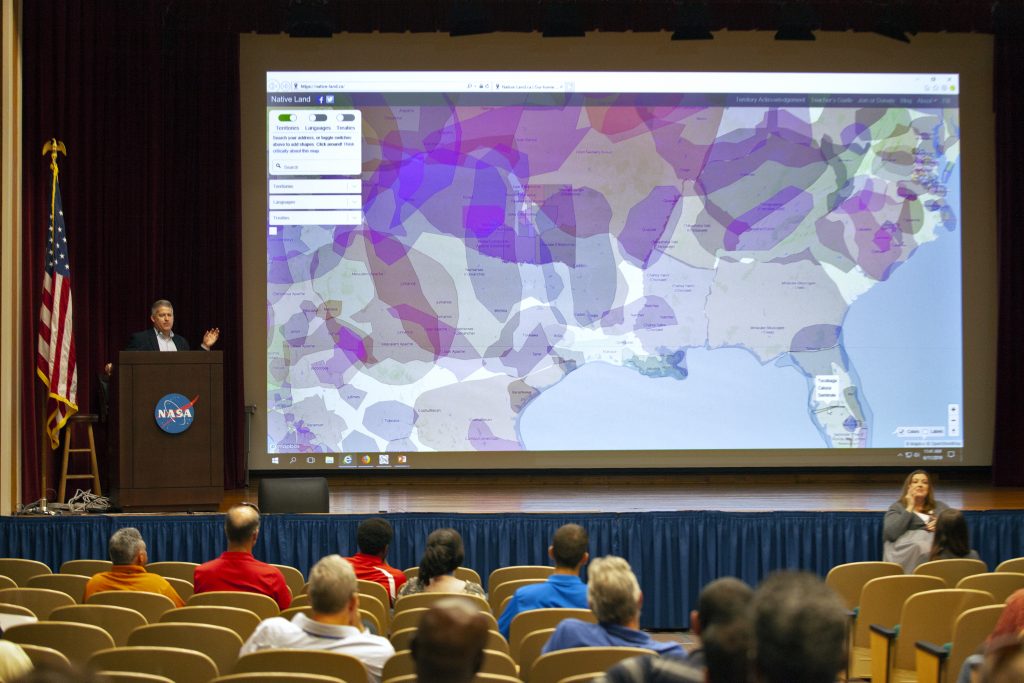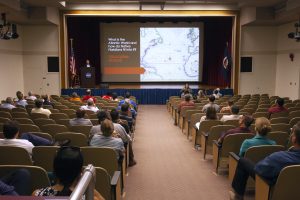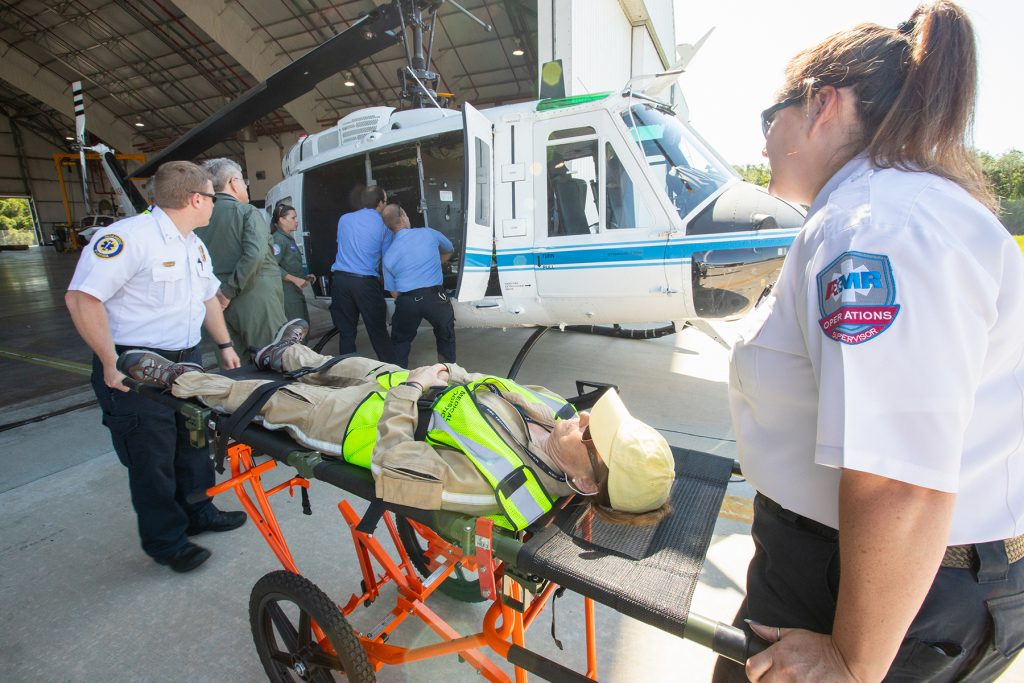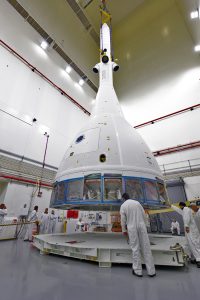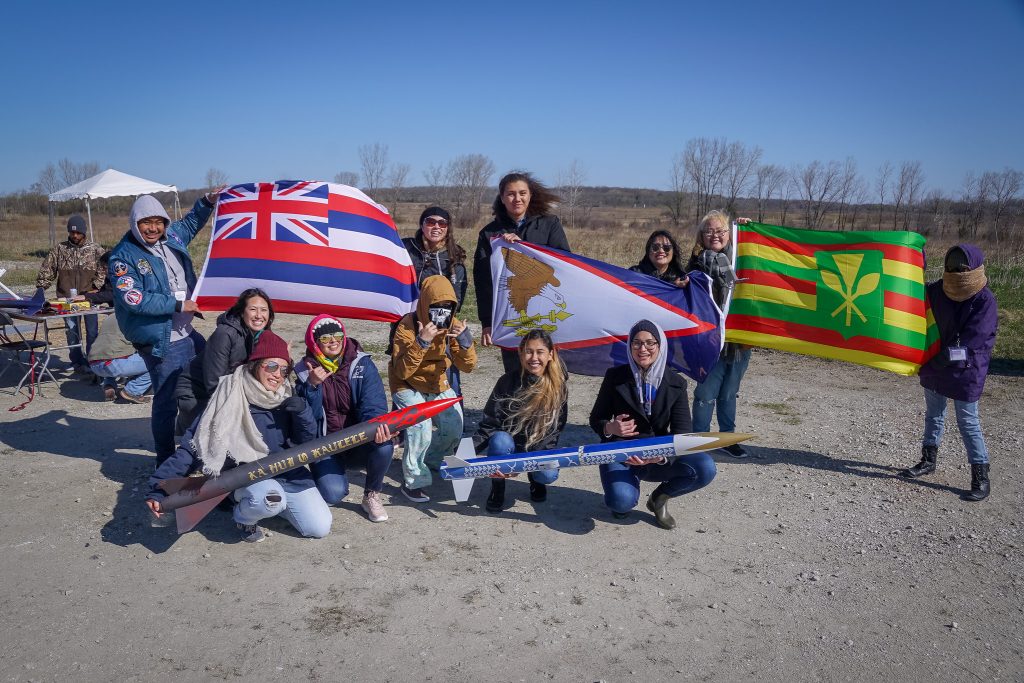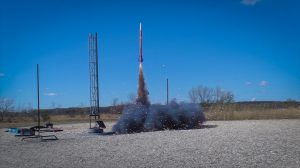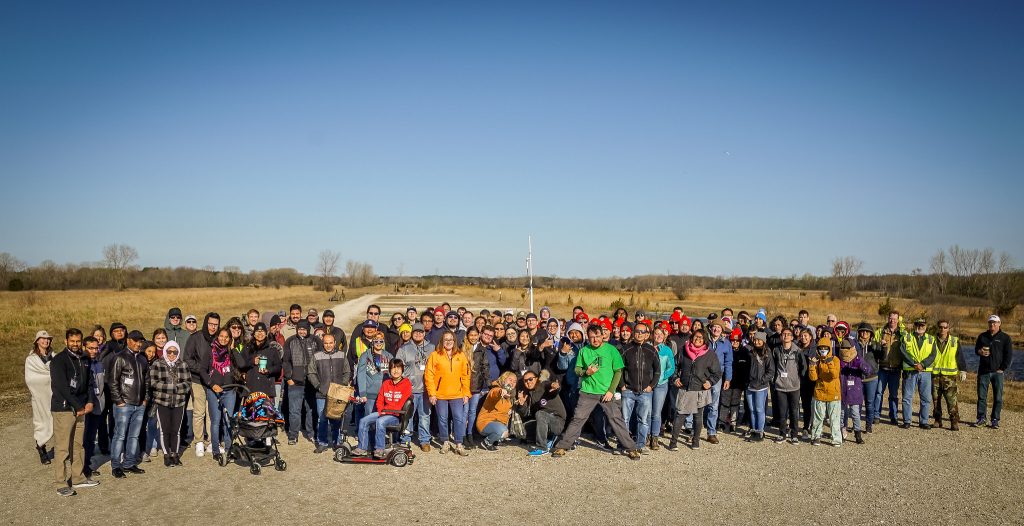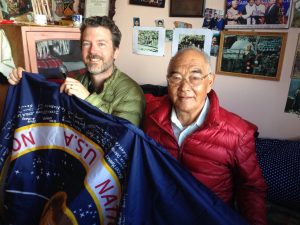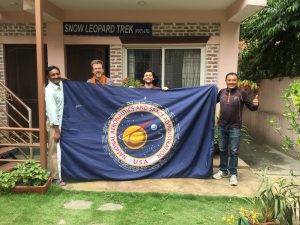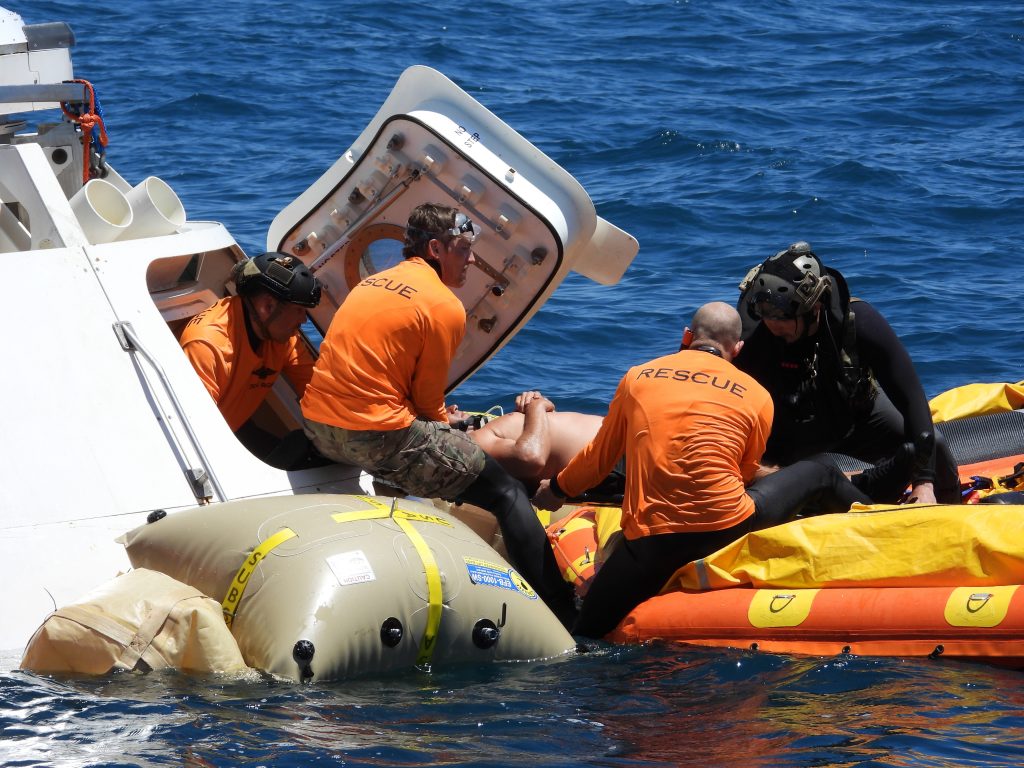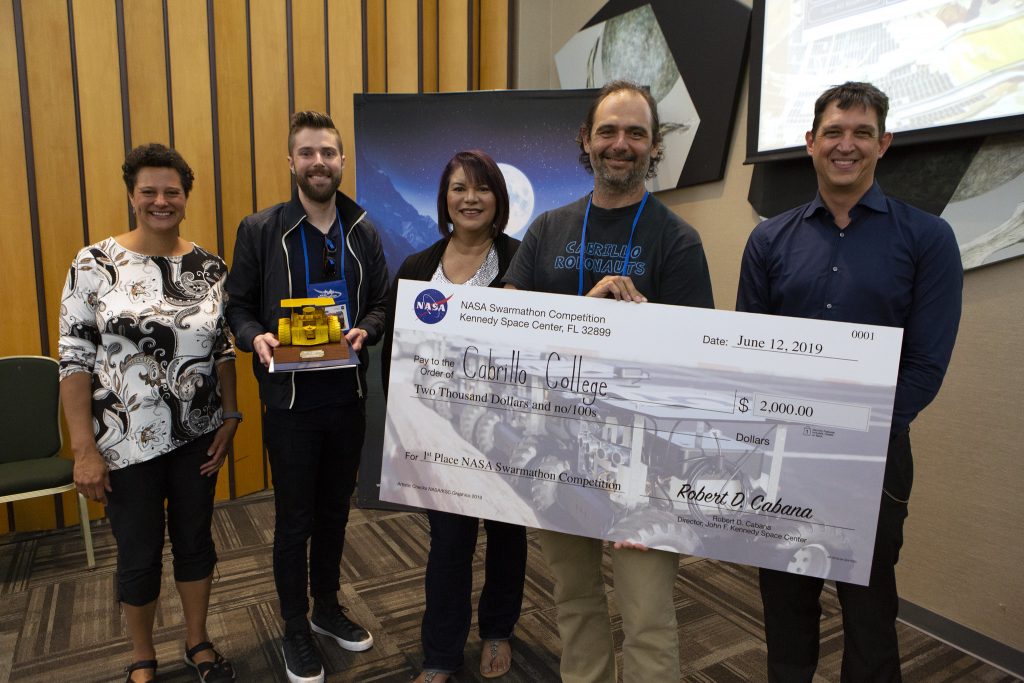
Students from Cabrillo College in Aptos, California, received the top honors for this year’s NASA Swarmathon University Challenge. They received the recognition for developing an algorithm that they programmed, which was used in a set of Swarmie robots who scurried about collecting coded cubes and depositing them in a predetermined location.
“The Swarmathon has been a huge inspiration to my students. I saw their skill and confidence grow,” said Michael Matera, faculty team mentor at Cabrillo College. “The Swarmathon has immeasurably enriched my students’ education, and I’m very grateful to your team for organizing it.”
To culminate the fourth and final year of the Swarmathon challenge, a Swarmathon Robotics Workshop was held at NASA’s Kennedy Space Center Visitor Complex in Florida on June 11, 2019. Students and mentors showcased the best of their work in Swarmathon. They heard from guest speakers, delivered a presentation during the poster session, talked to NASA employees and received information about NASA internships. The award ceremony was held at the visitor complex on June 12, 2019. Teams not able to attend the workshop or award ceremony joined in virtually.
This year’s competition started with a virtual competition, with 16 teams from colleges and universities in the U.S. and Puerto Rico. The top eight teams competed physically at the host location, the University of New Mexico, in May 2019. Teams built their Swarmies, small robotic vehicles equipped with sensors, a webcam, a GPS system and Wi-Fi antenna, to test their code during development. The Swarmies were programmed by the students to communicate and interact autonomously as a collective swarm.
“Real-world applications of college school work is a proven method of helping students absorb new topics and gain a thorough understanding of new concepts. It is well documented that ’hands-on’ projects for students lead to higher rates of recruitment and retention within STEM majors,” said Theresa Martinez, Minority University Research and Education Program (MUREP) Science, Technology, Education and Math (STEM) engagement manager at Kennedy Space Center.
The NASA Swarmathon challenge is an innovative swarming robotics competition for university students. The challenge has been administered by the University of New Mexico through a NASA MUREP grant in partnership with a technical NASA subject matter expert at the Swamp Works facility at Kennedy.
Swarmathon students gain experience with code integration, hardware testing, software engineering, project management and team collaboration critical to their future success in robotics and computer science. The students’ efforts advance swarm robotics technology for future NASA space exploration missions.


